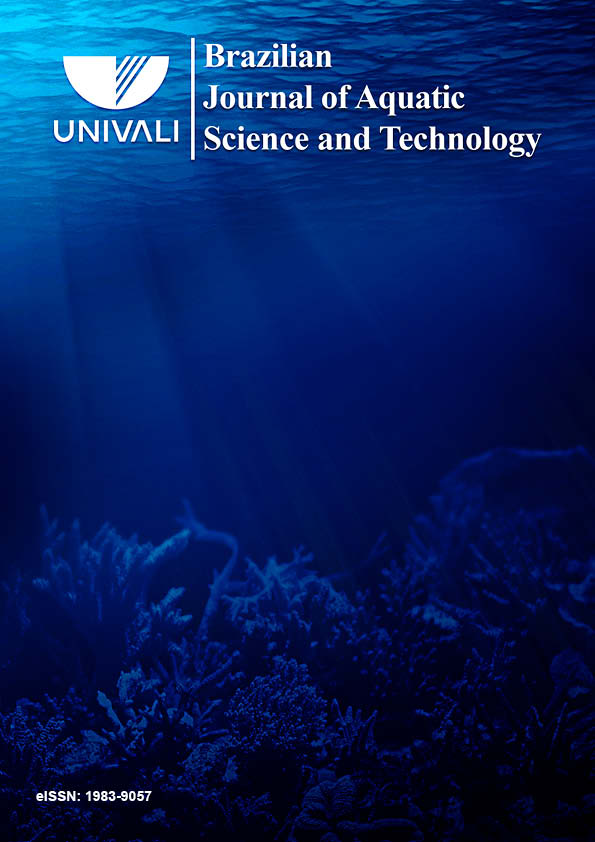Evolução dos Paleocanais da Região Costeira do Rio Grande do Sul durante o Quaternário Tardio
DOI:
https://doi.org/10.14210/bjast.v22n1.12999Abstract
Resumo
Registros sísmicos revelaram a presença de canais soterrados que dissecavam a planície costeira do Rio Grande do Sul (RS) no Quaternário Tardio. Dois sistemas distintos de paleocanais foram estabelecidos na Lagoa dos Patos: a) “Pleistoceno tardio”, soterrado por um pacote sedimentar de areias e lamas costeiras; b) “Pleistoceno tardio/Holoceno”, recoberto por um pacote de lamas lagunares. O preenchimento dos canais mais novos é de idade holocênica, como indica a datação radiométrica; a sua incisão está relacionada com a última regressão marinha do Pleistoceno tardio, correspondente ao estágio 2 do isótopo de oxigênio. A incisão e o preenchimento do sistema mais antigo estão relacionados ao evento regressivo-transgressivo anterior, correspondente aos estágios isotópicos de oxigênio 6-5. Os paleocanais podem ser conectados com os paleovales previamente reconhecidos na plataforma e talude continental adjacente. Na planície costeira os paleocanais são correlacionados aos cursos atuais dos rios Jacuí e Camaquã.
Downloads
Published
Issue
Section
License
Authors who publish with this journal agree to the following terms:
1. Authors retain copyright and grant the journal right of first publication with the work simultaneously licensed under a Creative Commons Attribution License that allows others to share the work with an acknowledgement of the work's authorship and initial publication in this journal.
2. Authors are able to enter into separate, additional contractual arrangements for the non-exclusive distribution of the journal's published version of the work (e.g., post it to an institutional repository or publish it in a book), with an acknowledgement of its initial publication in this journal.
3. Authors are permitted and encouraged to post their work online (e.g., in institutional repositories or on their website) prior to and during the submission process, as it can lead to productive exchanges, as well as earlier and greater citation of published work (See The Effect of Open Access).

